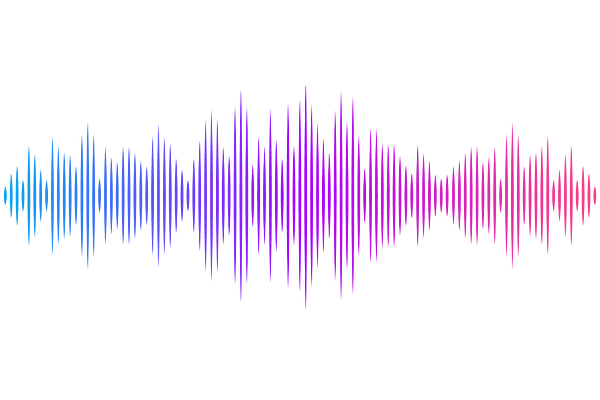Multi-wavelength analysis of FSRQ B2 1348+30B: Constraints on the jet power

Multi-wavelength analysis of FSRQ B2 1348+30B: Constraints on the jet power
Sajad Ahanger, Sunder Sahayanathan, Sitha K. Jagan, Shah Zahir, Naseer Iqbal
AbstractWe present 14.5-year multi-wavelength analysis of flat-spectrum radio quasar B2 1348+30B using Swift-UVOT, Swift-XRT, and Fermi-LAT observations. In the gamma-ray band, the 3 day bin lightcurve reveals two major flaring events on 2010-09-19 (55458 MJD) and 2022-05-26 (59725 MJD) detected at flux levels $(2.5\pm 0.5) \times 10^{-7}\,\rm{ph\,cm^{-2}\,s^{-1}}$ and $(5.2\pm 0.6) \times 10^{-7}\,\rm{ph\,cm^{-2}\,s^{-1}}$. The Bayesian block analysis of the flares suggested the variability timescale to be $\leq$ 3\,day. To study the dynamic nature of the source, multi-wavelength spectrum was obtained for three flux states which includes the two flaring state and a relative low state. The $\gamma$-ray spectra of the source in all the states are well fitted by a power-law model with maximum photon energy < 20 GeV. In X-ray, a power-law model can explain the flaring state spectra while a broken power-law with extremely hard high energy component was required to model the low flux state. This indicates the presence of the low energy cutoff in the Compton spectral component. A simple one-zone leptonic model involving synchrotron, synchrotron self Compton and external Compton mechanism can successfully reproduce the broad-band spectral energy distribution of all the flux states. The model parameters suggest significant increase in the jet Lorentz factor during the high flux states. Further, the best fit parameters are used to constrain the minimum energy of the emitting electron distribution from the hard high energy spectrum of the low flux state. This analysis was extended to draw limits on the kinetic power of the blazar jet and was compared with the Eddington luminosity of the central black hole.